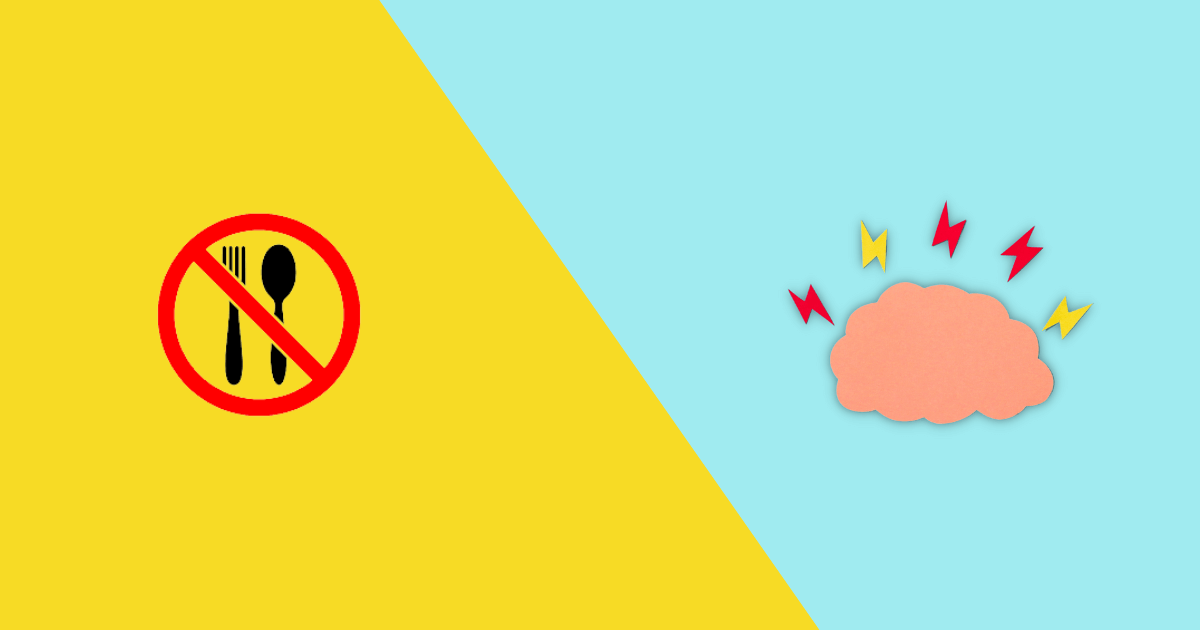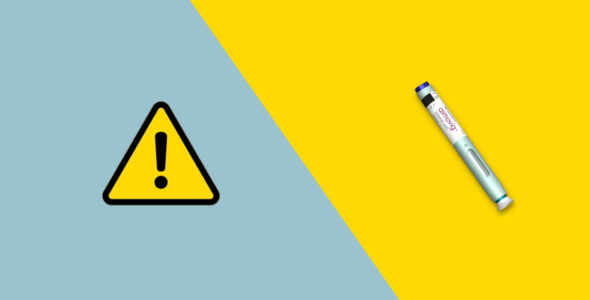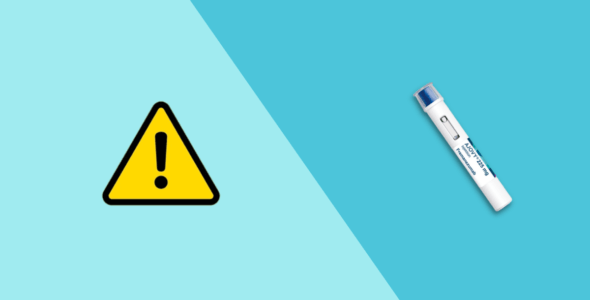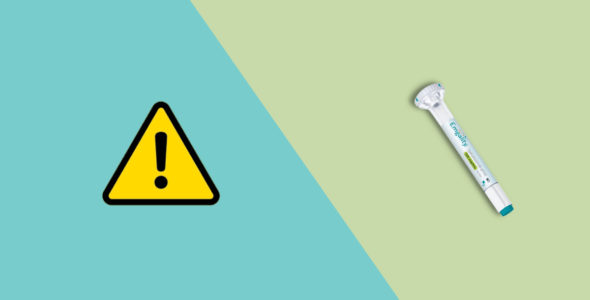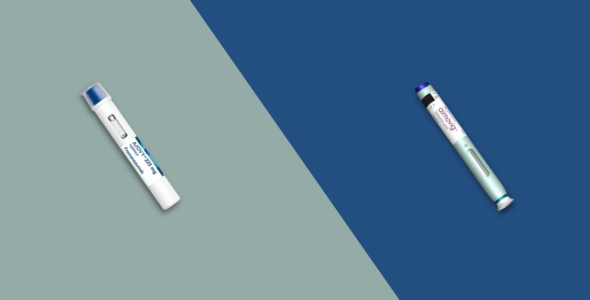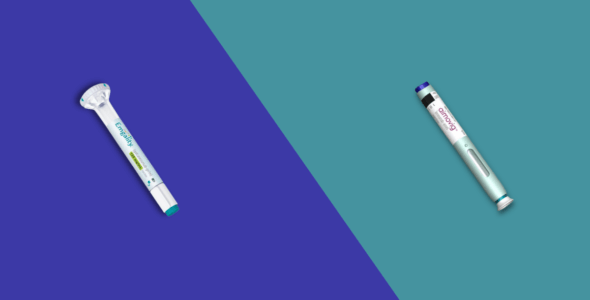Top 10 migraine foods to avoid
Key highlights
- A well-balanced, healthy diet may help you manage symptoms and reduce your risk of triggering a migraine.
- Several factors may trigger migraine attacks, including dehydration, stress, hormonal changes, certain foods, and lack of sleep.
Table of contents
Migraines are not just bad headaches. They are headaches that can cause severe pulsing or throbbing pain that can last for days; with pain so severe, it affects your ability to perform normal daily activities. Migraines are one of the most common neurologic disorders worldwide, affecting an estimated 12% of the population. The American Migraine Foundation estimates that at least 39 million Americans are migraine sufferers, but because many go undiagnosed, the actual number may be higher. In the United States, women are around three times more likely than men to have migraines. Each year, almost 17% of women get migraine attacks compared to 6% of men.
Here we will look at what a migraine is, its symptoms, and what specific foods may trigger a migraine attack. We will also look at what foods you should eat and the treatments available to help treat symptoms and improve your quality of life.
What is a migraine?
A migraine is a common neurological disorder that can cause symptoms such as a throbbing, pulsing headache on one side of your head, as well as nausea, vomiting, and sensitivity to light. Your headache pain is typically due to the dilation of blood vessels in your brain. A migraine headache can worsen with lights, sounds, odors, and physical activity and can last from hours to several days.
There are several types of migraines, including:
- Migraine with aura: Around 1 in 3 people with a migraine experience an aura. This warning sign (aura) is usually one that affects your sight, such as having a blind spot or seeing flashing lights.
- Migraine without aura: This type is often called a common migraine or an episodic migraine. It is the most common type of migraine. It comes without warning and can last up to a few days.
- Chronic migraine: A chronic migraine affects around 2 out of 100 people with episodic migraines. It is defined as having a migraine at least 15 days per month for at least three months. The symptoms are similar to those of a common migraine but may vary in intensity.
- Silent migraine: This type will include the aura symptom without the head pain that typically follows it.
- Hemiplegic migraine: You will typically experience a temporary weakness or paralysis on one side of your body as part of this rare type of migraine. You may or may not experience head pain with hemiplegic migraine.
- Menstrual migraine: Hormonal changes that occur throughout a woman’s life are known to be a potential trigger for women who have migraines. Over 50% of women that suffer from migraines report that menstruation is a trigger for a migraine.
- Migraine with brainstem aura: This type of migraine used to be called a basilar-type migraine. It is a rare type of migraine that includes neurological symptoms such as slurred speech, dizziness, and double vision, along with common migraine symptoms.
- Ocular or retinal migraine: This rare type of migraine has symptoms that include visual changes such as seeing colors or flashing lights. It also usually involves the partial or total loss of vision in one eye. The loss of vision will typically last less than an hour and be followed by a migraine headache.
- Status migrainosus: With this type of migraine, you will have head pain that lasts longer than 3 days. It can be caused by medications or medication withdrawal.
- Abdominal migraine: While this type of migraine can occur in adults, it is more commonly seen in children. With an abdominal migraine, you will have symptoms such as stomach pain, nausea, and vomiting but will not have head pain. Children will typically stop getting abdominal migraines but will often develop migraine headaches as they get older.
What are some symptoms of a migraine?
Migraines, which can affect people of all ages, can progress through four phases: prodrome, aura, headache, and post-drome. You can have various symptoms based on which of the 4 phases that occur. Not everyone who suffers from migraines will go through all 4 phases.
Prodrome
This stage occurs 1 to 2 days before your migraine and can provide you with a warning that a migraine could be coming. It includes symptoms such as:
- Irritability
- Mood changes
- Food cravings
- Fatigue and frequent yawning
- Nausea
- Insomnia
- Neck pain or muscle stiffness
- Increased urination
Aura
A migraine aura typically occurs within an hour before your headache starts and can last up to 60 minutes. Symptoms include:
- Visual disturbances such as seeing bright spots or flashing lights
- Temporary vision loss
- Numbness or tingling sensations
- Speech changes or difficulty speaking
- Ringing in your ears
Headache
A migraine headache can last up to 72 hours if not successfully treated. During this phase, you may experience:
- Throbbing or pulsating pain, usually on one side of your head
- Sensitivity to light, noise, and odors
- Nausea
- Vomiting
- Stomach pain
- Loss of appetite
- Sweating or cold chills
- Dizziness
Postdrome
Following a migraine attack, you may have symptoms such as:
- Fatigue
- Unable to concentrate
- Confusion
- Feel depressed
- Euphoric mood
What are some medications used for migraines?
Several types of medications help reduce migraine symptoms. Some are used for migraine treatment, and some are used for migraine prevention. These can include:
- Non-steroidal anti-inflammatory drugs (NSAIDs) such as Motrin (ibuprofen)
- Ergot alkaloids such as Migranal (dihydroergotamine)
- Triptans such as Imitrex (sumatriptan)
- CGRP antagonists such as:
- Nurtec ODT (rimegepant), which is used for the acute treatment of migraine attacks, with or without aura, in adults. It is also used as a preventive treatment for episodic migraines.
- Ajovy (fremanezumab), which is used for the preventive treatment of episodic or chronic migraine in adults.
- Emgality (galcanezumab), which is given to adults to prevent migraines and to treat episodic cluster headaches.
- Tricyclic antidepressants such as Elavil (amitriptyline)
- Serotonin and norepinephrine reuptake inhibitors (SNRIs) such as Cymbalta (duloxetine)
- Beta-blockers such as Tenormin (atenolol)
- Botox (botulinum toxin type A)
Get your Lantus medication for only $49 per month
Get StartedWhat foods should I avoid with a migraine?
Several factors may trigger migraine attacks, including dehydration, stress, hormonal changes, certain foods, and lack of sleep. Few dietary triggers are scientifically proven but are usually self-reported by people with migraines. Some common food triggers that have been reported include:
- Cured, fermented, or processed meats that contain nitrates and nitrites, such as hot dogs, bacon, ham, and fish.
- Food additives and artificial sweeteners such as aspartame (diet sodas and sugar-free foods), monosodium glutamate (MSG, found in soy sauce and packaged foods such as canned soup), or preservatives.
- Pickled foods such as pickles, olives, and sauerkraut.
- Dairy products like aged cheese which includes blue cheese, brie, cheddar, feta, mozzarella, muenster, parmesan, and swiss that contain tyramine. Yogurt, sour cream, and buttermilk may also trigger headaches.
- Certain alcoholic beverages, such as red wine, which contain sulfites. Other beverages include beer, Scotch, and whiskey. Alcohol is thought to be the most common trigger for migraines.
- Products that contain caffeine, such as coffee, tea, energy drinks, and supplements.
- Fresh fruits and juices such as citrus fruits, bananas, avocados, red plums, raspberries, papayas, and passion fruit.
- Dried fruits such as figs, dates, and raisins.
- Chocolate, which is considered the second most common trigger of migraines.
- The majority of beans, which include lima, fava, navy, pinto, garbanzo, lentils, and peas.
- Certain vegetables, such as onions, tomatoes, and garlic.
What foods are good to eat while having a migraine?
There are certain foods that may help with current migraine symptoms or prevent future migraines. You should seek medical advice from your healthcare provider to see if these changes in your diet might help, including:
- Magnesium-rich foods, including tuna or dark leafy green vegetables such as spinach, kale, collards, or mustard greens.
- Food that is rich in omega-3 fatty acids, which include salmon, mackerel, flax seeds, and almonds.
- Increase how much water you drink, as dehydration is a trigger for migraines.
- A study from 2014 found that powdered ginger was as effective in relieving head pain during a migraine attack as Imitrex (sumatriptan).
- Eating smaller meals throughout the day may help avoid low blood sugar (hypoglycemia), which is a potential migraine trigger.
- Dark chocolate and caffeine may help with your migraine, but they can also be a trigger for some people.
Although no dietary changes will completely prevent migraines, a well-balanced, healthy diet may help you manage symptoms and reduce your risk of triggering a migraine.
What is the best milk for migraine sufferers?
Almonds and cashews are high in magnesium, a mineral that the American Migraine Foundation says may help protect against migraines. It is thought that magnesium may help block the signals that produce migraine auras. It may also block the chemicals that transmit pain signals to your brain. Drinking almond or cashew milk can increase your magnesium levels and help reduce your incidence of migraine attacks.
Medically reviewed
A medical professional has reviewed this article.


Jamie Winn, PharmD
Jamie Winn, PharmD
Dr. Jamie Winn received his Doctor of Pharmacy in 2002 from the University of South Carolina College of Pharmacy, Columbia, SC. Jamie is a medical reviewer for NiceRx.

